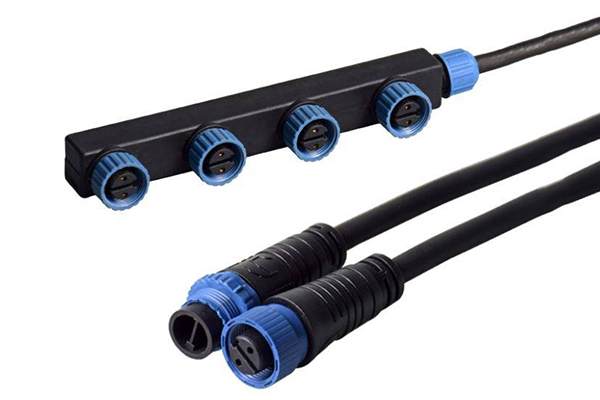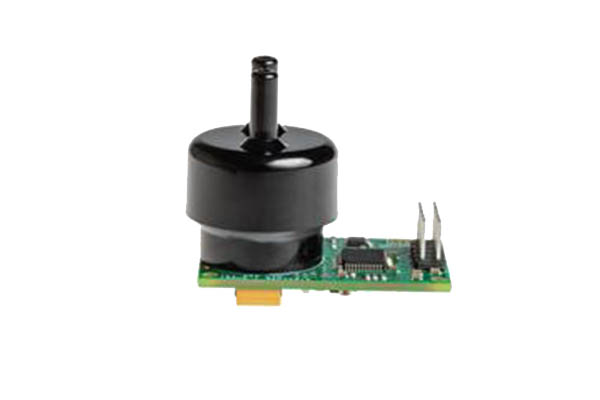In mechanical manufacturing, the widespread application of automation technology has significantly improved work environments, reduced labor intensity, lowered costs, and increased production efficiency.
As machines consist of various components that need to be assembled in a specific sequence and according to corresponding processes, automated assembly systems have been implemented to replace manual assembly. This automation not only enhances product quality and reduces errors caused by human factors but also decreases production time and improves overall product quality.
Mechanical Automation:
The mechanization of manufacturing has led to a demand for automated packaging technology, as manual packaging is insufficient for large-scale production operations. Automated packaging machinery, guided by control systems, can complete a series of packaging processes, enhancing packaging efficiency and reducing costs.
However, occasional errors are inevitable. Therefore, automated packaging inspection becomes a crucial step in ensuring packaging quality. In this regard, proximity sensors are commonly used to detect ferromagnetic substances during packaging.
The Role of Proximity Sensors:
When a ferromagnetic object is present in proximity to such an environment, the internal coils of a proximity sensor, based on the principle of electromagnetic induction, generate eddy currents. When the magnetic field generated by these eddy currents is significant enough, it causes changes in the original circuit parameters of the proximity sensor, resulting in signal outputs.
By utilizing proximity sensors, one can identify the presence of magnetic or magnetizable substances within a certain range. In automated packaging processes like chocolate foil packaging, detecting magnetic materials through proximity sensors helps determine whether there are packaging errors or any unqualified products due to missed manufacturing steps. This significantly enhances packaging quality.
PCA8885 Proximity Sensor:
One notable example of a proximity sensor is the PCA8885, an eight-channel capacitive touch and proximity sensor manufactured by Microdul AG from Switzerland. It employs a patented method called EDISEN to detect changes in capacitance on the sensing board.
The variation in static capacitance, which is inversely related to dynamic capacitance, is automatically compensated using continuous auto-calibration. The sensing board, such as conductive foil, can be connected to IC1 via coaxial cables. These eight input channels operate independently.
The sensor matrix arrangement also offers a built-in option to interrupt generation only when two channels are simultaneously activated or to suppress additional outputs when two are already active.
Features of Microdul AG’s PCA8885 Proximity Sensor:
- AEC-Q100 compliant for automotive applications
- Dynamic touch and proximity sensor with eight sensor channels
- Support for remote connection and sensor matrix arrangement
- Adjustable response time
- Adjustable sensitivity: continuous auto-calibration and digital processing capable of handling up to 6mm acrylic glass
- Direct and latch switch modes
- I2C fast mode+(Fm) compatible interface
- Interrupt output
- Voltage range (VDD=2.5V-5.5V)
- Sleep mode (IDD<100n) for low-power battery operation
- Possible IDD of approximately 10μA
- Temperature range (-40°C to 85°C)
Applications of Microdul AG’s PCA8885 Proximity Sensor:
- Switches for explosive environments
- Audio control: on/off, channel, volume
- Anti-tamper switches
- Faucet switches
- Portable communication and entertainment devices
- White goods control panels
Conclusion:
Proximity sensors ensure packaging quality and error reduction in mechanical automation packaging technology.
Microdul AG’s PCA8885 proximity sensor is an example of advanced technology that offers features such as dynamic touch and proximity sensing, adjustable response time, and compatibility with various applications.
By detecting the presence of magnetic or magnetizable substances, these sensors contribute to improved automation, higher efficiency, and enhanced product quality.



